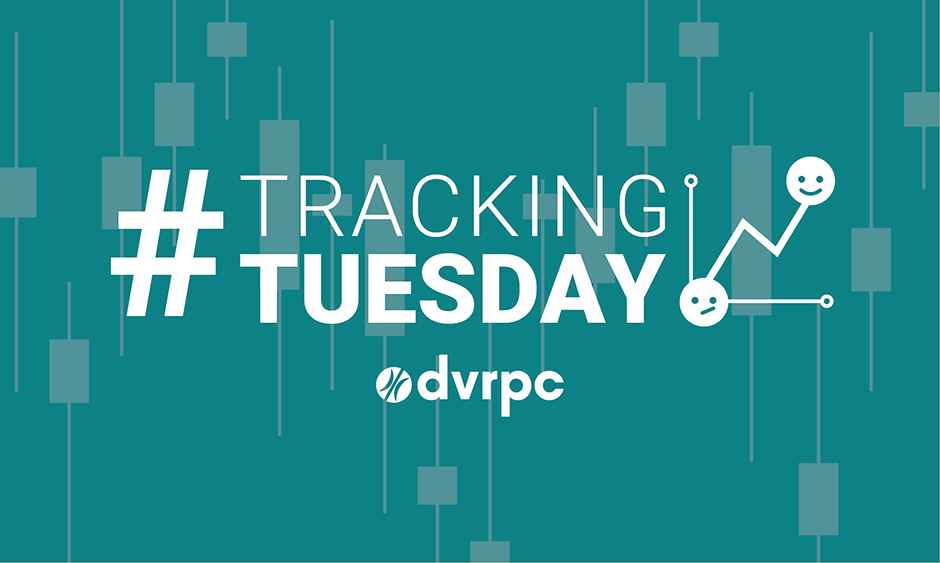
March 26, 2024
While gross domestic product is not an indicator of societal well-being as not all economic activity results in beneficial outcomes, it can help gauge how well the region is moving toward the Connections 2050 vision to grow an innovative and connected economy. See how we're doing in today's #TrackingTuesday.
Gross Domestic Product (GDP) is a measure of all the economic activity that occurred in an area over a period of time. The higher a location’s GDP, the more income workers are earning from the products they produce and services they provide. While heavily relied upon by economists, GDP is not an indicator of societal well-being as not all economic activity results in beneficial outcomes. It can help us gauge how well the region is moving toward the Connections 2050 Plan vision to grow an innovative and connected economy, with broadly shared prosperity.
Newly released GDP data from the U.S. Bureau of Economic Analysis (BEA) shows that the region’s GDP has grown by 3.1% from 2017 to 2022, though it was flat from 2021 to 2022. This is about half as much as New Jersey’s increase of 6.8% and about 3 times less than the US’s growth rate of 9.6% over the same time period. It is, however, more than 3 times greater than Pennsylvania’s growth rate of 0.9%. In 2022, almost half of the region’s GDP resulted from economic activity in Philadelphia (25%) and Montgomery (20%) counties. With the exception of a decline from 2019 to 2020 due to the COVID-19 pandemic, the region experienced gradual GDP growth every year after 2020. Mercer County had the biggest increase in share of the region’s GDP from 2017 to 2022, rising 2.1% due in part to an increase in biotech manufacturing jobs in the county. The City of Philadelphia had the biggest loss in share of the region’s GDP, decreasing by 2.1% from 2017 to 2022, largely due to the rise of remote work during and after the pandemic.
The finance, insurance, and real estate industry contributed the most to the region’s GDP from 2017 to 2022, ranging from 19-22% of the region’s GDP during this period and accounting for 19.3% in 2022. This was closely followed by professional, scientific, and technical services, which accounted for 16.2-17.3% of the region’s GDP over the same period, including 17.0% in 2022. After years of decline in regional manufacturing, this sector saw the largest increase in share of the region’s GDP, rising 1.9% from 2017 to 2022. This rise also relates to the increase in biotech manufacturing jobs in Mercer County. The information sector had the biggest decrease in share of the region’s GDP, dropping 2.6%.
The region’s GDP per capita was $83,736 for the region in 2022. This was 3% higher than in New Jersey ($81,513), 8% higher than the national figure ($77,243), and 19% more than in Pennsylvania ($70,291). In 2022, Mercer County had the highest GDP per capita in the region at $130,344, while Gloucester County had the smallest GDP per capita in the region at $56,551.
These figures show that while the overall GDP of the region gradually increased over the last few years, the level of growth has differed by industry and location within the region. However, the region has shown signs of adaptation to the fast-changing global economy, which can drive future GDP growth. To see the GDP data further broken down at various regional geographies, go to the “How are we doing?” tab in the GDP Indicator.
Since no single indicator can give a full picture on the region’s progress toward obtaining the vision outlined in the Long-Range Plan, find more information on how our region’s communities are evolving from these related Tracking Progress indicators: Income, Labor Force, Business Formation, and Job Growth, among others. Download the data for your own use through DVRPC’s Data Catalog, accessed by a link under each chart.